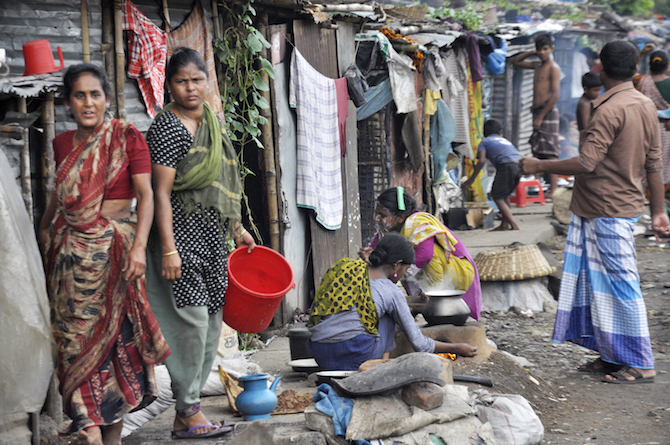Opinion: Three major challenges to overcome poverty
World faces many challenges, and poverty is one of them since many people in the world spend the life blow the poverty line.
As the most recent Global Monitoring Report (GMR) finds, the worldwide destitution rate is required to fall into the single digits without precedent for 2015 at 9.6%. While this is uplifting news, when we look forward, three noteworthy difficulties emerge for improvement: the profundity of outstanding neediness, the unevenness in shared thriving, and the relentless aberrations in the non-salary measurements of advancement.
The first challenge. While the decrease in destitution rates has been amazing, neediness remains inadmissibly high and profound, particularly in Sub-Saharan Africa. There live 900 million great needy people, according to the data available in 2012, the most recent year for which overviews are accessible. Their number was anticipated to reach 700 million individuals in 2015. In the course of the most recent decades, by far most (around 95%) of worldwide destitution has been amassed in three areas: East Asia and the Pacific, South Asia, and Sub-Saharan Africa
However, there have been extensive decreases in neediness crosswise over Asia while Sub-Saharan Africa saw an unfaltering increment and is presently home to the vast majority of the worldwide poor (43%).

To effectively handle the rest of the neediness, the arrangement talk needs to concentrate on the poorest of the poor people, particularly in Sub-Saharan Africa, where destitution is generally determined. Neediness’ headcount rates —the number of individuals living under $1.90 a day — give a major picture with the perspective of the spatial dispersion of destitution and the pace of advance after some time, yet it doesn’t illuminate us about basic contrasts between the great degree poor regarding the profundity of destitution and the degree to which the wage of the to a great degree poor fall beneath the neediness line. Two nations could record a similar neediness headcount rate, where in one nation destitution is shallow and in the other it is profound.

Second Challenge. There has been a stark unevenness in shared success. Boosting shared thriving is taken to advance the salary development of the last 40% (B40) of the pay conveyance of every nation. Close by the destruction of extraordinary neediness, the quest for shared success includes a key institutional goal for the World Bank. The attributes of the B40 may contrast altogether crosswise over nations. In a few, the greater part of the B40 are to a great degree poor, though in numerous other, wealthier nations the B40 incorporate the tolerably poor and those helpless against falling back in destitution.
Third test. There are relentless aberrations in the “non-pay” measurements of advancement between poor people and the non-poor and between the B40 and whatever is left of the population. The total hardships and imbalances of chance of poor people and the B40 in these non-wage measurements have a tendency to transmit neediness crosswise over eras and disintegrate the pace and maintainability of shared flourishing.